Similarities in Science
In science, the concept of similarities refers to the comparison of different objects, organisms, or phenomena to identify common characteristics or traits. By identifying similarities, scientists can categorize and classify things into groups, which helps in understanding the natural world and the relationships between different entities.
Key Concepts
1. Similarities in Structures: In biology, scientists often compare the anatomical structures of different organisms to identify similarities. This helps in understanding evolutionary relationships and common ancestry.
2. Similarities in Properties: In chemistry, similarities in the physical and chemical properties of elements and compounds are studied to group them into categories such as metals, nonmetals, acids, and bases.
3. Similarities in Behaviors: In the study of animal behavior, scientists look for similarities in the ways different species interact with their environment and each other. This can provide insights into ecological relationships and evolutionary adaptations.
Study Guide
To understand the concept of similarities in science, it's important to focus on the following key points:
- Identify examples of similarities in structures, properties, and behaviors in different scientific disciplines.
- Understand the significance of identifying similarities in terms of classification, evolutionary relationships, and functional traits.
- Practice comparing and contrasting different objects or organisms to recognize their similarities and differences.
- Explore case studies and real-world examples where the concept of similarities has contributed to scientific discoveries and advancements.
By mastering the concept of similarities in science, you'll be able to appreciate the interconnectedness of the natural world and develop critical thinking skills essential for scientific inquiry.
[Similarities] Related Worksheets and Study Guides:
.◂Science Worksheets and Study Guides Fifth Grade. The 6-Kingdoms of life
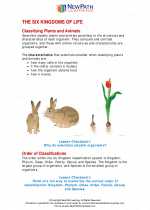
 Activity Lesson
Activity Lesson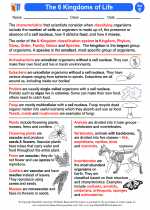
 Worksheet/Answer key
Worksheet/Answer key
 Worksheet/Answer key
Worksheet/Answer key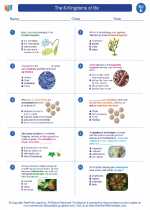
 Worksheet/Answer key
Worksheet/Answer key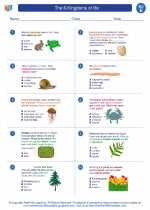
 Worksheet/Answer key
Worksheet/Answer key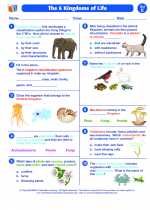
 Vocabulary/Answer key
Vocabulary/Answer key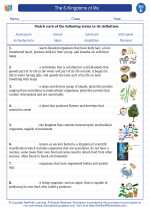
 Vocabulary/Answer key
Vocabulary/Answer key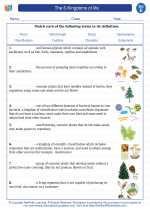
 Vocabulary/Answer key
Vocabulary/Answer key
 Vocabulary/Answer key
Vocabulary/Answer key
